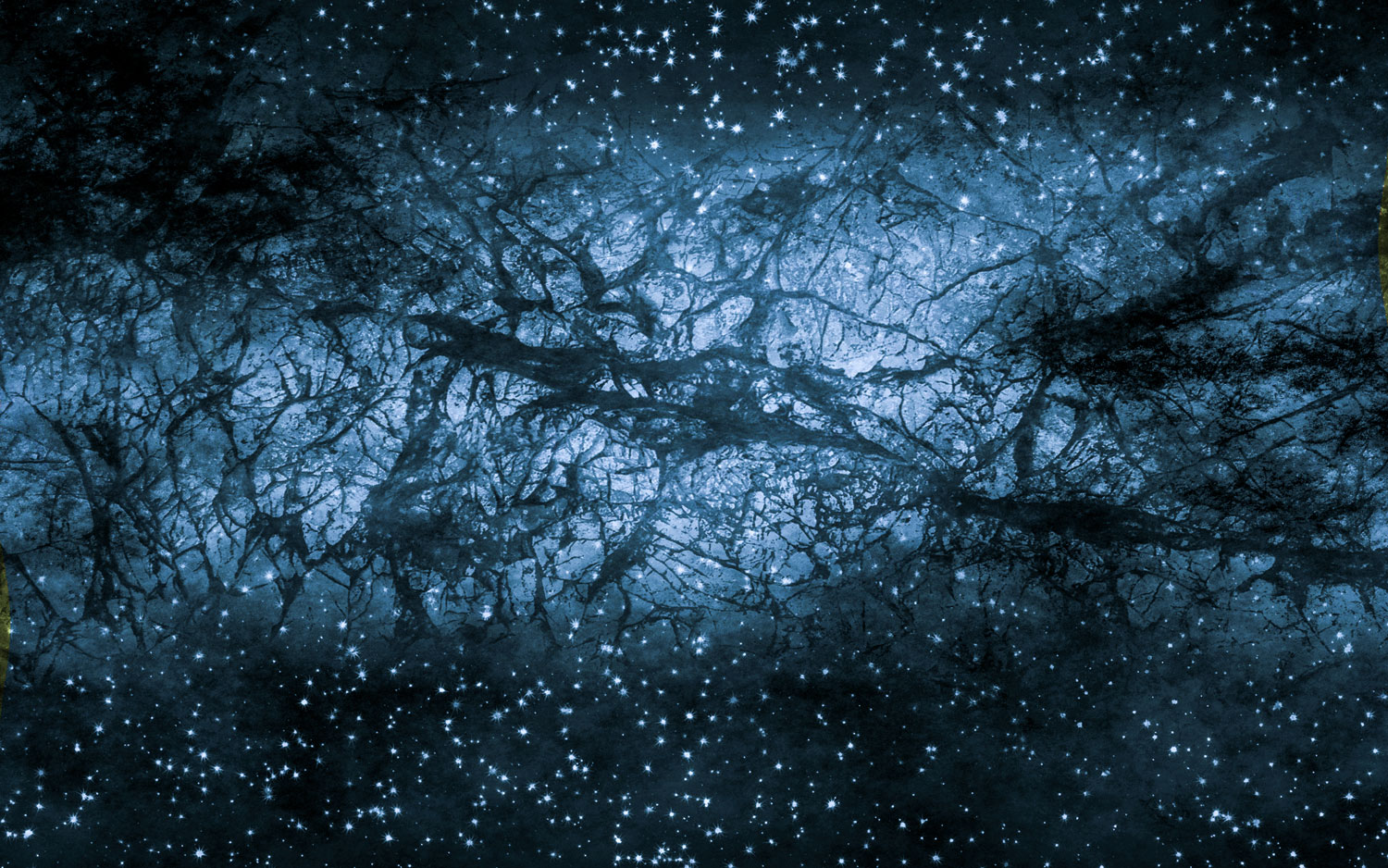Scientists have studied unusual stars in the center of our galaxy that look younger than they should be. They assumed that they were dealing with a previously unknown mechanism of energy production associated with the annihilation of antimatter. It can make these luminaries practically immortal.

Unusual stars in the center of the Galaxy
A team of astronomers has suggested the existence of a new class of stars that may exist within a light-year from the center of the Milky Way. They may have an unusual mechanism for generating energy: the annihilation of dark matter. If this process were in progress, it would create an external pressure on the stars other than hydrogen fusion. The results of the study are published on the arXiv preprint server.
It is quite difficult to observe our galactic center, around which the stars of the galaxy orbit, since this area is strongly illuminated at some wavelengths. The supermassive black hole, Sagittarius A*, is located in the center, its mass is four million times the mass of the Sun. It is a bright source of radio waves. It was photographed in 2022. The stars orbit it at a speed of several thousand kilometers per second (compared to the orbital speed of the Sun 240 km/s).
These objects, called S-cluster stars, are very mysterious, and their properties are unlike anything else in the Milky Way. The origin of these luminaries is unknown, since the environment within about three light-years from the center is considered hostile to star formation. They look much younger than one would expect if they moved in from somewhere outside.
Star classification
Stars are nuclear furnaces that generate heat by burning hydrogen using nuclear fusion. The thermal radiation from this reaction, as well as the thermodynamic convection of the stellar plasma, exert a centrifugal force on all their layers, mainly consisting of hydrogen and helium. This force is balanced by gravity, which, on the contrary, tries to compress them.
The Hertzsprung-Russell diagram classifies stars according to their luminosity and effective temperature. With the exception of white dwarfs and red giants, the “main sequence” in this diagram bends from the upper-left corner to the lower-right, and most of the luminaries lie on it. The sun is about in the middle, as their luminosities are shown as a ratio to its luminosity.
However, this diagram does not take into account the dark matter in any way. Its presence was detected by observations that found insufficient amounts of ordinary matter to explain the higher-than-expected rotation rates of stars around the Galactic Center.
Annihilation of dark matter inside our galaxy
The density of dark matter is highest near the center and decreases with distance from it. It is logical to assume that one of the places where it can manifest itself will be the stars located in these regions. If this is the case, then the annihilation of this exotic variety of matter will create additional external pressure inside the star and may even dominate nuclear fusion.
To account for the annihilation of dark matter, the group used relatively standard parameters of star formation during the evolution of the Milky Way, and chose a relatively low mass for its particles, which roughly corresponded to a proton. Using a computer model of stellar evolution, they assumed that they migrate along the main sequence to the center of the galaxy, and then begin to pour the energy of dark matter into the composition of the star. Then the star evolved until it reached the branch of the red giant in the HR diagram, or until it reached the age of 10 billion years, that is, the lifetime of the Milky Way.
They calculated stellar populations without and with the presence of dark matter. With dark matter, massive stars had a lower density of dark matter, hydrogen in their core was synthesized more slowly, and their evolution slowed down. But the luminaries in the region with a higher density of dark matter underwent significant changes – they maintained equilibrium due to the “burning” of dark matter with less or no fusion. Because of this, they formed a completely new group on the HR diagram.
According to phys.org


